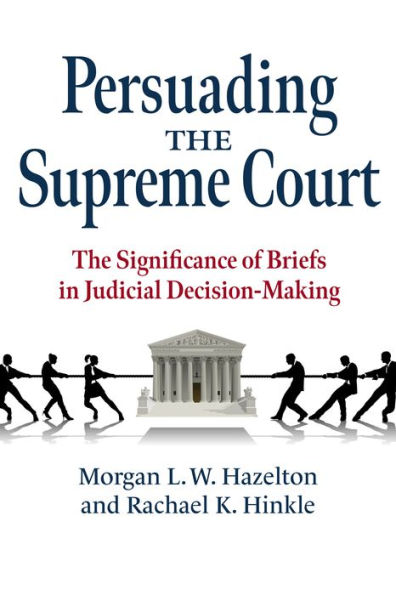5
1

Persuading the Supreme Court: The Significance of Briefs in Judicial Decision-Making
296
Persuading the Supreme Court: The Significance of Briefs in Judicial Decision-Making
296
32.99
In Stock

Product Details
| ISBN-13: | 9780700633630 |
|---|---|
| Publisher: | University Press of Kansas |
| Publication date: | 08/16/2022 |
| Pages: | 296 |
| Sales rank: | 895,364 |
| Product dimensions: | 6.00(w) x 9.00(h) x 0.90(d) |
About the Author
From the B&N Reads Blog
